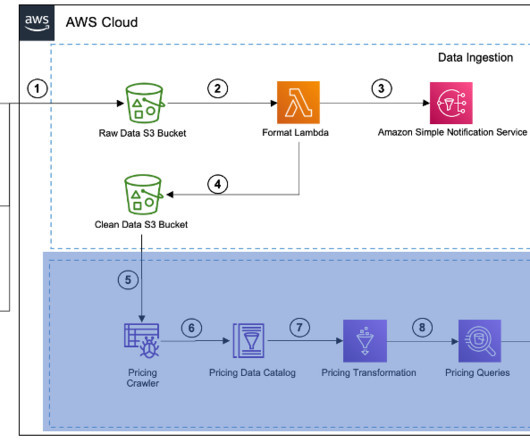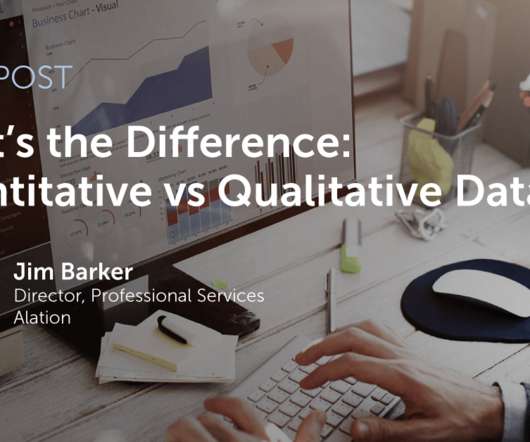How can CIOs Build Business Value with Business Analytics?
Smart Data Collective
JUNE 16, 2022
Analytics is becoming more important than ever in the world of business. Over 70% of global businesses use some form of analytics. For both reasons, the role of CIOs has to embrace automation and analytical thinking in strategizing the organization’s initiatives. They are using analytics to help drive business growth.















Let's personalize your content